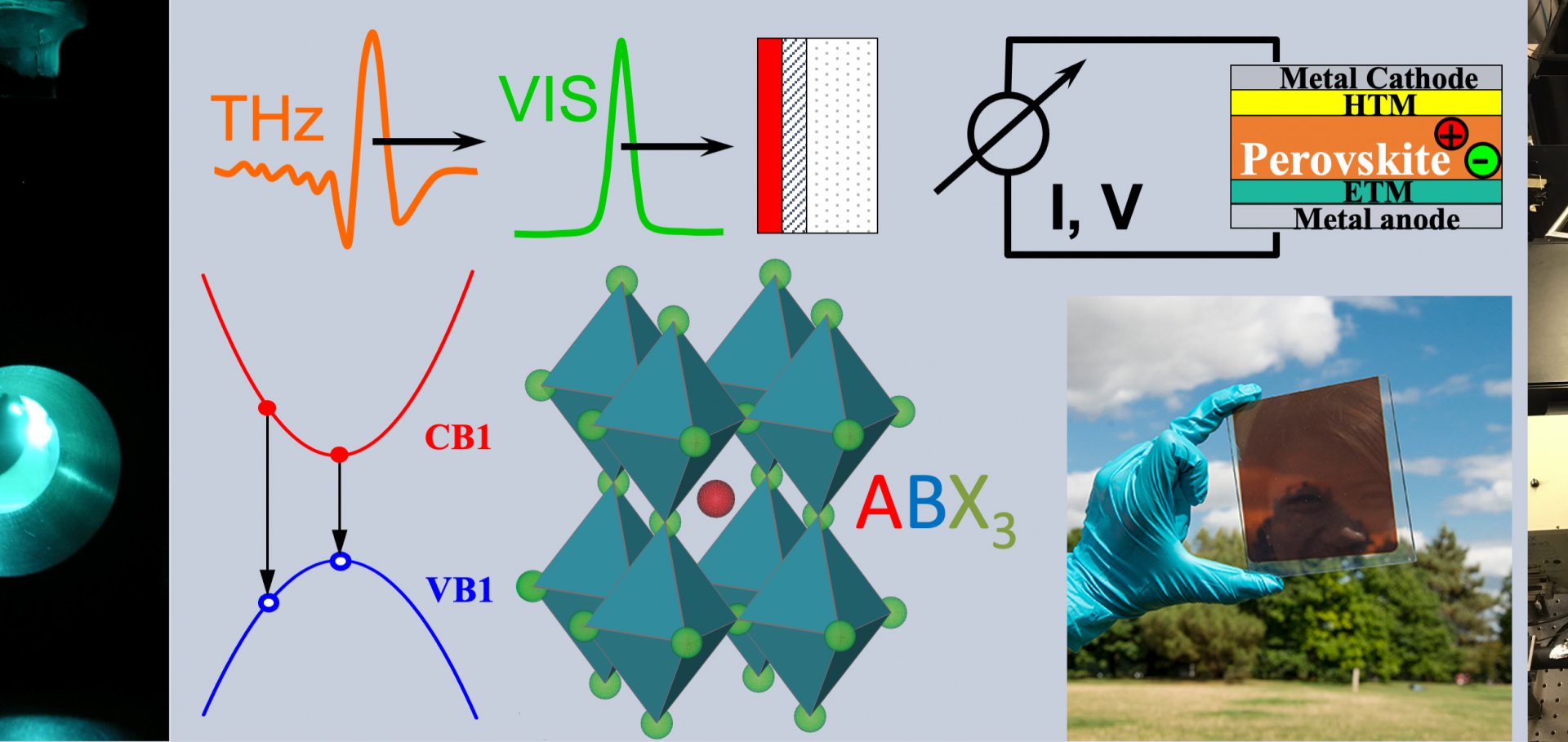Hybrid Perovskites: Prospects for Concentrator Solar Cells.
Advanced science (Weinheim, Baden-Wurttemberg, Germany) 5:4 (2018) 1700792-1700792
Abstract:
Perovskite solar cells have shown a meteoric rise of power conversion efficiency and a steady pace of improvements in their stability of operation. Such rapid progress has triggered research into approaches that can boost efficiencies beyond the Shockley-Queisser limit stipulated for a single-junction cell under normal solar illumination conditions. The tandem solar cell architecture is one concept here that has recently been successfully implemented. However, the approach of solar concentration has not been sufficiently explored so far for perovskite photovoltaics, despite its frequent use in the area of inorganic semiconductor solar cells. Here, the prospects of hybrid perovskites are assessed for use in concentrator solar cells. Solar cell performance parameters are theoretically predicted as a function of solar concentration levels, based on representative assumptions of charge-carrier recombination and extraction rates in the device. It is demonstrated that perovskite solar cells can fundamentally exhibit appreciably higher energy-conversion efficiencies under solar concentration, where they are able to exceed the Shockley-Queisser limit and exhibit strongly elevated open-circuit voltages. It is therefore concluded that sufficient material and device stability under increased illumination levels will be the only significant challenge to perovskite concentrator solar cell applications.Engineering III-V nanowires for optoelectronics: from epitaxy to terahertz photonics
Proceedings of SPIE Society of Photo-optical Instrumentation Engineers 10543 (2018)
Abstract:
Downloading of the abstract is permitted for personal use only. Nanowires show unique promise as nanoscale building blocks for a multitude of optoelectronic devices, ranging from solar cells to terahertz photonic devices. We will discuss the epitaxial growth of these nanowires in novel geometries and crystallographic phases, and the use of terahertz conductivity spectroscopy to guide the development of nanowire-based devices. As an example, we will focus on the development of nanowire-based polarization modulators for terahertz communications systems.Bimolecular recombination in methylammonium lead triiodide perovskite is an inverse absorption process
Nature Communications Springer Nature 9 (2018) 293
Abstract:
Photovoltaic devices based on metal halide perovskites are rapidly improving in efficiency. Once the Shockley–Queisser limit is reached, charge-carrier extraction will be limited only by radiative bimolecular recombination of electrons with holes. Yet, this fundamental process, and its link with material stoichiometry, is still poorly understood. Here we show that bimolecular charge-carrier recombination in methylammonium lead triiodide perovskite can be fully explained as the inverse process of absorption. By correctly accounting for contributions to the absorption from excitons and electron-hole continuum states, we are able to utilise the van Roosbroeck–Shockley relation to determine bimolecular recombination rate constants from absorption spectra. We show that the sharpening of photon, electron and hole distribution functions significantly enhances bimolecular charge recombination as the temperature is lowered, mirroring trends in transient spectroscopy. Our findings provide vital understanding of band-to-band recombination processes in this hybrid perovskite, which comprise direct, fully radiative transitions between thermalized electrons and holes.The Route to Nanoscale Terahertz Technology: Nanowire-based Terahertz Detectors and Terahertz Modulators
Institute of Electrical and Electronics Engineers (IEEE) 00 (2018) 1-2
Photocurrent spectroscopy of perovskite solar cells over a wide temperature range from 15 to 350 K
Journal of Physical Chemistry Letters American Chemical Society 2018:9 (2017) 263-268


